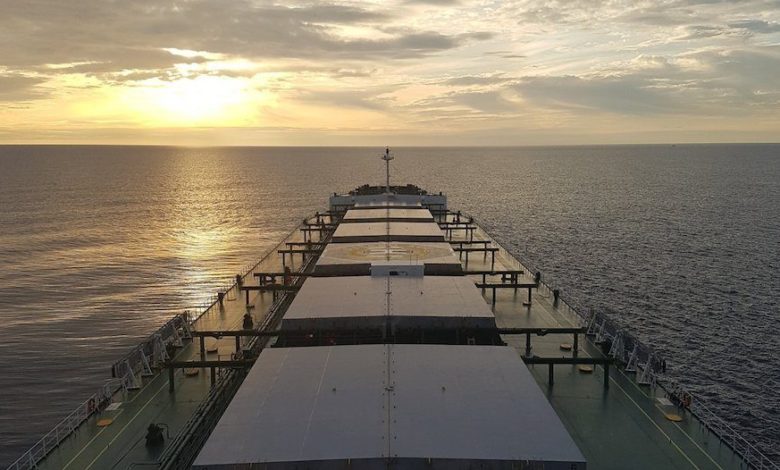How electric vehicle demand will transform the dry bulk trades

Electric vehicles require roughly six times more minerals than their internal combustion engine cousins, something that will have significant, as yet widely unreported, impacts on the bulk seaborne map.
The strategic raw materials to manufacture electric vehicles will see many so called minor bulks climb the ranks among commodities shipped dramatically over the course of this decade and onwards.
The in-depth feature of this month’s Splash Extra identifies both the likely volumes for lithium, cobalt, nickel and other metals as well as rare earths vital for EV batteries and their trading patterns around the globe.
According to Wood Mackenzie, around 70% of world cobalt is supplied by the Democratic Republic of the Congo (DRC), most lithium reserves are concentrated in Chile, Bolivia and Argentina, also known as the lithium triangle, 80% of natural graphite reserves are in China, Brazil and Turkey, while 75% of manganese reserves are in Australia, Brazil, South Africa and Ukraine.
EVs will be responsible for an estimated 68% of global lithium demand and 39% of cobalt demand by 2025, according to S&P Global. Approximately 13% of primary nickel demand will come from EV-makers by 2025.
Published on the last Wednesday of every month and priced for as little as $200 a year, Splash Extra serves as a concise monthly snapshot, ensuring readers are on top of where the shipping markets are headed.
To access the October issue click here. For more details on Splash Extra subscriptions, click here.
